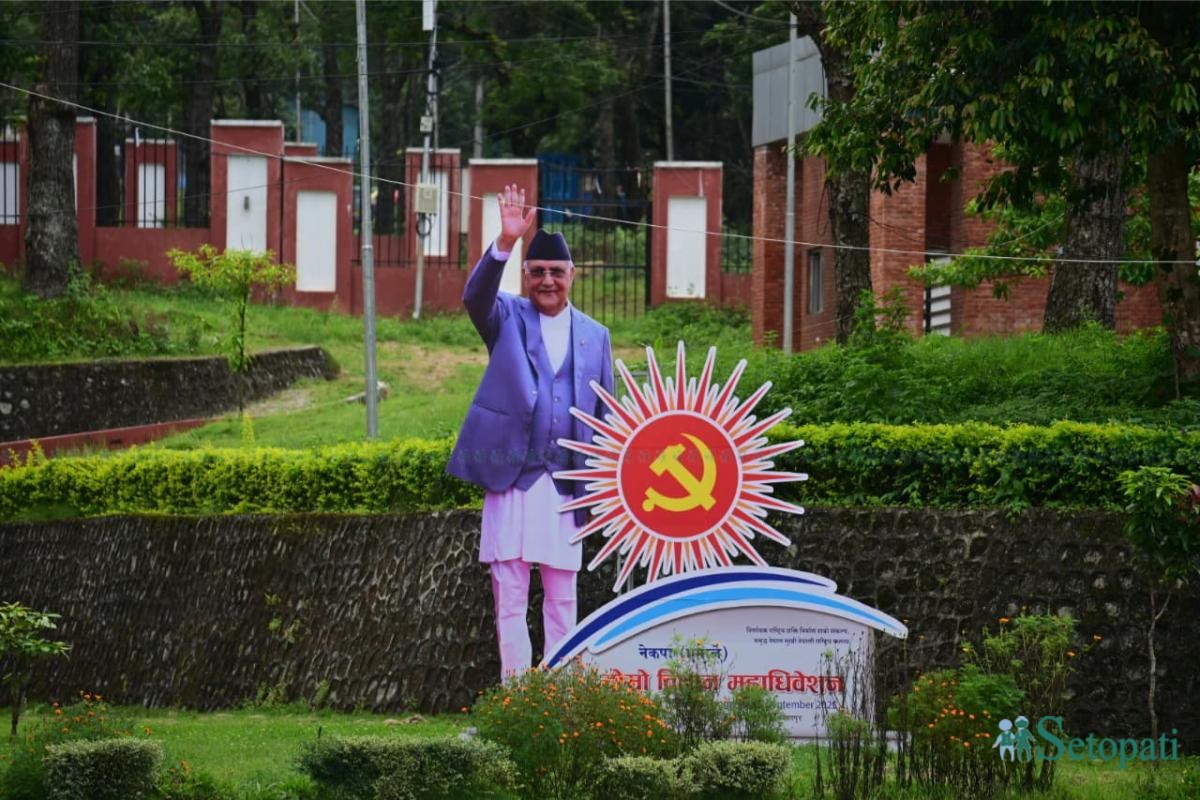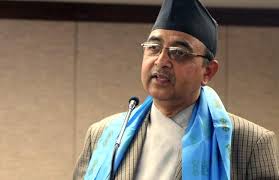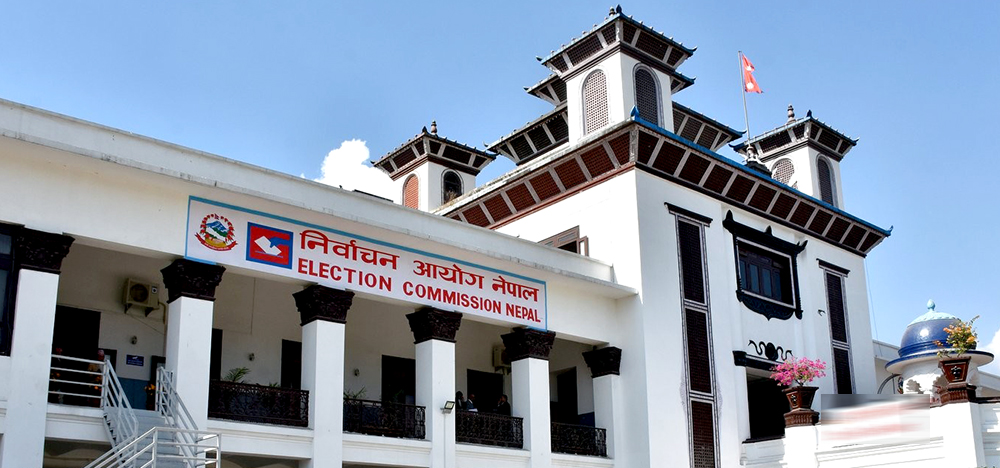
By Our Reporter
Twenty years ago, on November 21, 2005, Nepal saw its first written peace agreement between the seven parliamentary parties and the Communist Party of Nepal (Maoist) – the 12-point understanding. Had the Gen Z protests on 8-9 September 2025 not occurred, this milestone might have been celebrated nationally. Instead, the demonstrations revealed the fragility of Nepal’s peace process and raised questions about its achievements and sustainability.
The 12-point agreement emerged after King Gyanendra’s seizure of power on February 1, 2005. Before this, the king and parliamentary parties had aligned against the Maoists’ push for a new Constituent Assembly. The agreement disrupted this alliance, leaving the king isolated and uniting the Maoists with the seven parties for constitutional reform. While India’s role is debated, the process remained largely domestic, born from local political necessity rather than international mediation. It provided the Maoists a path to pursue political goals through peaceful means and allowed the seven parties to protect democratic gains against royal authority.
Assessing success depends on the benchmark used. By a minimal standard – ending direct violence – the process was relatively successful before the Gen Z protests. The Maoists and other armed groups disarmed and entered mainstream politics. According to the 2024 Global Peace Index, deaths from internal conflict were nearly zero, and Nepal ranked 80th globally, second in South Asia after Bhutan. The country also gained its first constitution drafted by elected representatives, marking a step toward political reform.
Yet the Gen Z protests exposed underlying weaknesses. The scale of violence and destruction showed that grievances remained unaddressed. Economic inequality, limited opportunities for youth, and marginalization of certain communities created conditions for unrest. Political gains alone proved insufficient to ensure stability.
The peace process largely prioritized political reforms while neglecting economic transformation. While the Maoists’ 40-point political demands were addressed, livelihood issues and socio-economic equity were sidelined. Scholars like Johan Galtung highlight that sustainable peace depends on improving the daily lives of the most vulnerable. Nepal’s failure to address justice, inclusion, and inequality left the process incomplete, fueling discontent among young and marginalized populations.
Moving forward, the government must focus on empowering marginalized communities, reducing inequality, and implementing structural reforms that link political change with economic opportunity. Justice, inclusion, and tangible improvement in daily life are essential for long-term stability.
The Gen Z movement now carries the responsibility to steer these changes constructively. Sustainable peace requires security, governance, and reform, not simply replacing leaders. Historical experience shows that protests achieve lasting impact only when they dismantle elite exploitation and benefit ordinary citizens.
Nepal stands at a critical juncture. The legacy of the 12-point agreement and lessons from Gen Z will determine whether the country can transform protest into inclusive, lasting peace or slide back into instability. Achieving this will require addressing both political and economic deficits simultaneously, ensuring that reforms reach those who need them most.



















Comments:
Leave a Reply